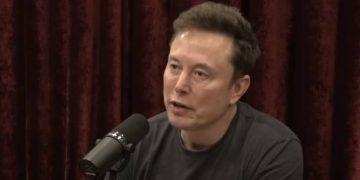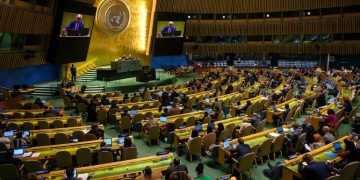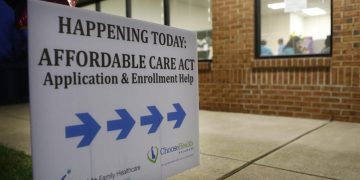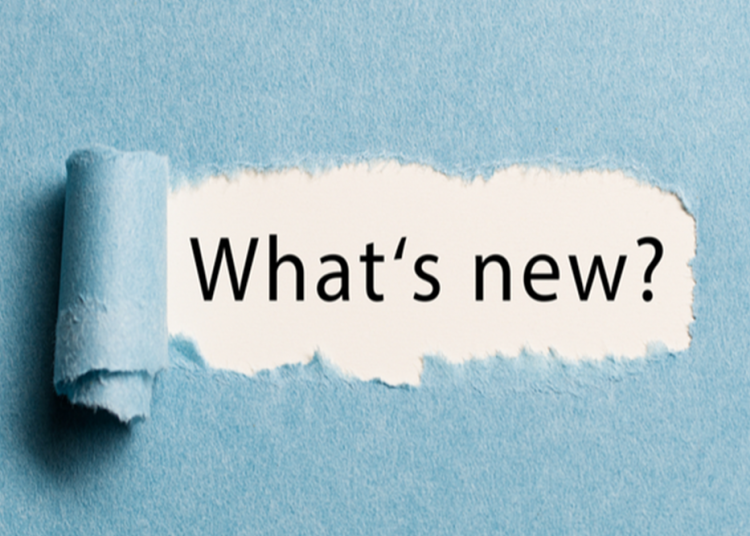Around this Labor Day, the nation faces an overriding question.
Where is the labor?
And when is it coming back?
The most severe worker shortages on record largely were expected to ease this month with the reopening of schools and expiration of enhanced unemployment benefits on Monday.
Those milestones theoretically would allow millions of parents caring for their remote-learning kids to return to work and prod millions of unemployed people to more fervently hunt for jobs and accept offers.
It’s proving not so simple.
School reopenings and the benefits cutoff should help coax some Americans back to work this fall, economists say.
But experts are at odds over whether, and to what extent, unemployment insurance actually has discouraged people from working. And the recent surge in COVID-19 infections, driven by the delta variant, is disrupting some schools’ reopening plans and dissuading some idled workers from renewing their job searches.
Meanwhile, myriad factors are keeping people out of the labor force and those will take longer to resolve, experts say.
They include the large share of workers who decided to switch careers during the pandemic or retire early after a layoff and the daunting logistics of matching millions of jobless people with millions of openings.
“The labor shortages will start to abate in September and this fall, but it’s not going to be an immediate fix,” says economist Dante DeAntonio of Moody’s Analytics. “This could well play out over two,…



























































